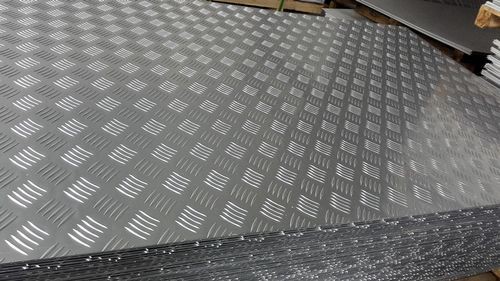Aluminium alloys play a crucial role in marine engineering, providing essential materials for shipbuilding and other nautical applications. Among these, 5083 and 5086 are prominent choices due to their excellent properties and suitability for marine environments. In this article, we will delve into a comparative analysis of these two alloys to understand their strengths and applications better.

Aluminium 5083:
Aluminium 5083 is known for its exceptional corrosion resistance, making it highly suitable for marine applications. It contains magnesium as its primary alloying element and offers good weldability and formability. The high corrosion resistance of 5083 makes it ideal for constructing ship hulls, storage tanks, and structural components exposed to harsh marine conditions.
The mechanical properties of aluminium 5083 further contribute to its popularity. It has impressive strength, especially in the hardened H321 temper, while retaining good ductility and toughness. This balance of properties makes it advantageous for various marine structural applications, including boat hulls, superstructures, and offshore platforms.
Aluminium 5086:
Aluminium 5086, like 5083, is known for its corrosion resistance and high strength. It also contains magnesium as its primary alloying element and offers good weldability and machinability. 5086 is commonly used in marine applications where corrosion resistance is a critical factor, such as boat hulls and structures exposed to seawater.
In comparison to 5083, aluminium 5086 may have slightly lower strength, but it compensates with improved formability, making it easier to work with during fabrication processes. The versatility and corrosion-resistant properties of 5086 make it a viable choice for applications that demand reliability and durability in marine environments.
Comparative Analysis:
When comparing 5083 and 5086, the choice often depends on specific requirements. If high mechanical strength is a priority, 5083, particularly in the H321 temper, is preferred. On the other hand, if formability and ease of fabrication are crucial, 5086 might be the better option.
Both alloys share the advantage of excellent corrosion resistance, a key factor in maritime applications. They exhibit remarkable performance when exposed to saltwater and other corrosive elements present in the marine environment.
Applications:
- Aluminium 5083: Ship hulls, superstructures, storage tanks, high-speed ferries, and yachts.
- Aluminium 5086: Boat hulls, decks, gangways, and other marine structural components.
Both aluminium 5083 and 5086 are exceptional materials well-suited for marine applications. The choice between them depends on the specific requirements of the project, considering factors such as mechanical strength, formability, and corrosion resistance. Understanding the unique properties of each alloy is essential for making an informed decision in the field of marine engineering.
